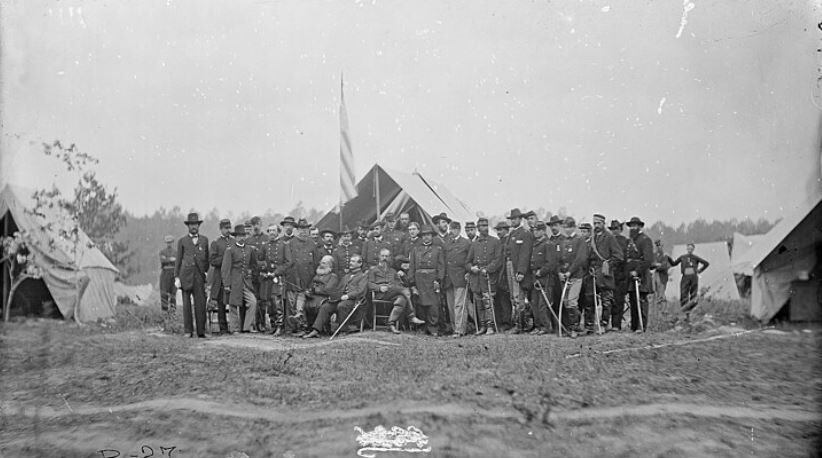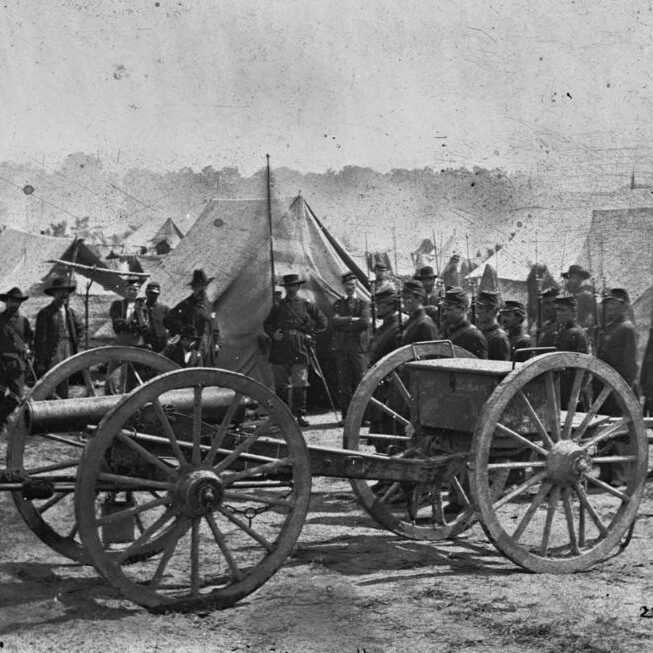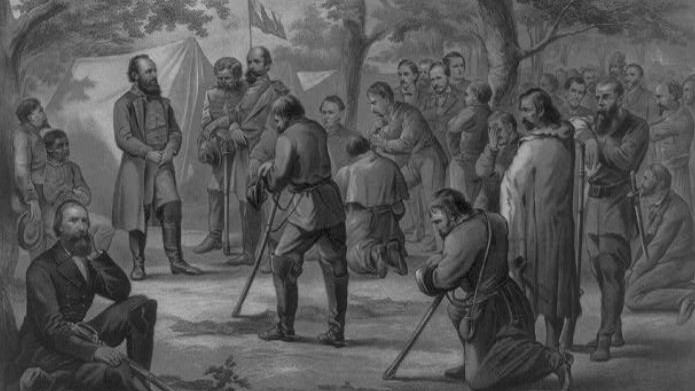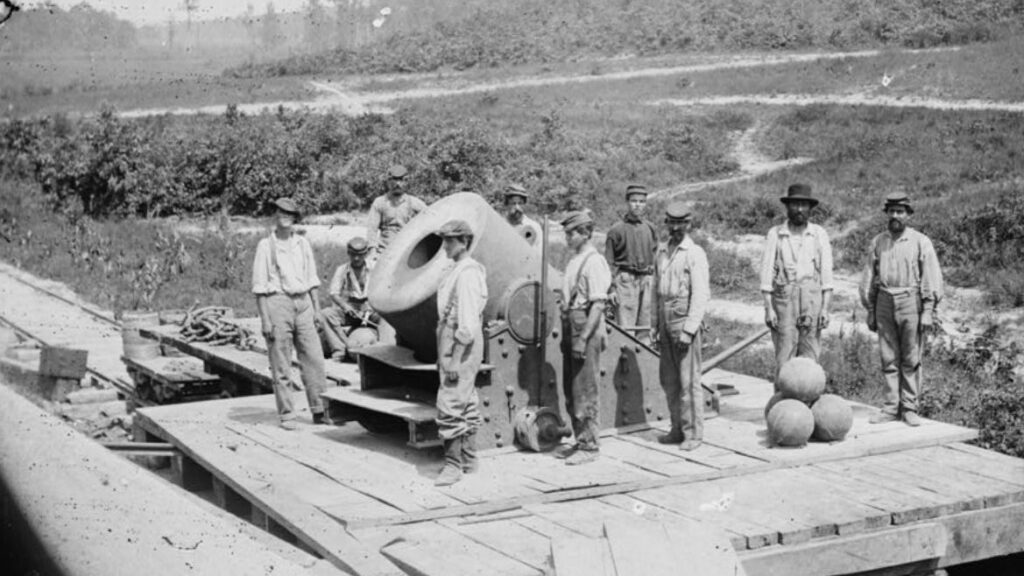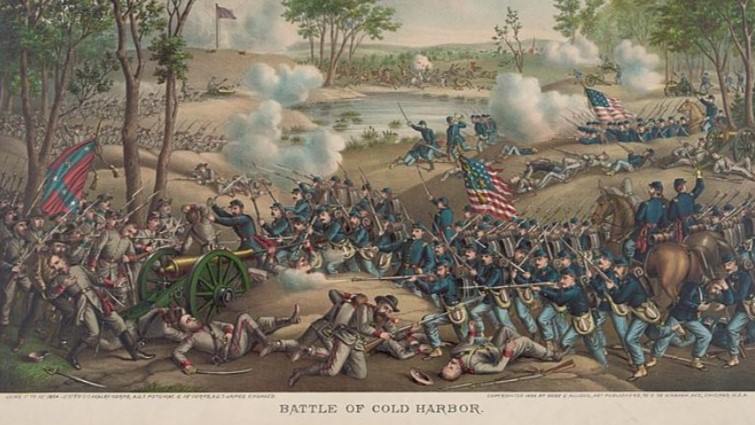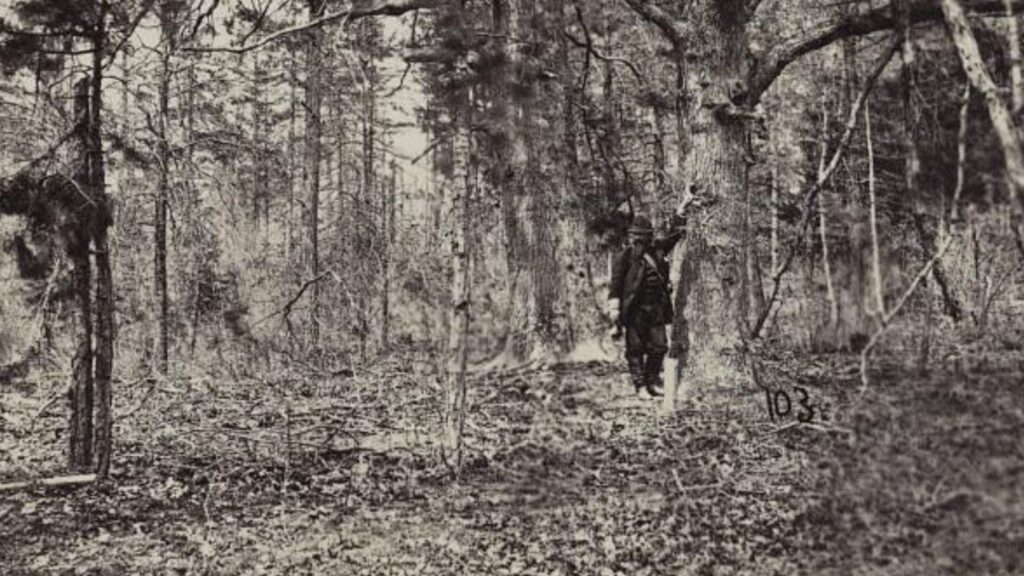In the American Civil War’s Eastern Theater, the Army of the Potomac stood as the Union’s principal force, bearing the monumental task of defending Washington D.C. and ultimately defeating Robert E. Lee’s formidable Army of Northern Virginia.
This army’s journey, marked by perseverance, resilience, and hard-won triumphs, etched its place in history as the instrument that preserved the United States.
Join us as we delve into the fascinating history of the Army of the Potomac, explore its key figures and pivotal battles, and unravel the significance of this legendary force in shaping the course of the nation.
- 1. Defending the Union Capital of Washington D.C
- 2. Capturing the Confederate Capital of Richmond, Virginia
- 3. The Key Generals of the Army of the Potomac during the American Civil War
- 4. Key Campaigns and Battles involving the Army of the Potomac
- 5. Army of the Potomac's Perseverance and Tenacity
- 6. Final Thoughts – How the Army of the Potomac Contributed to the Union war Effort
- Further Reading
1. Defending the Union Capital of Washington D.C
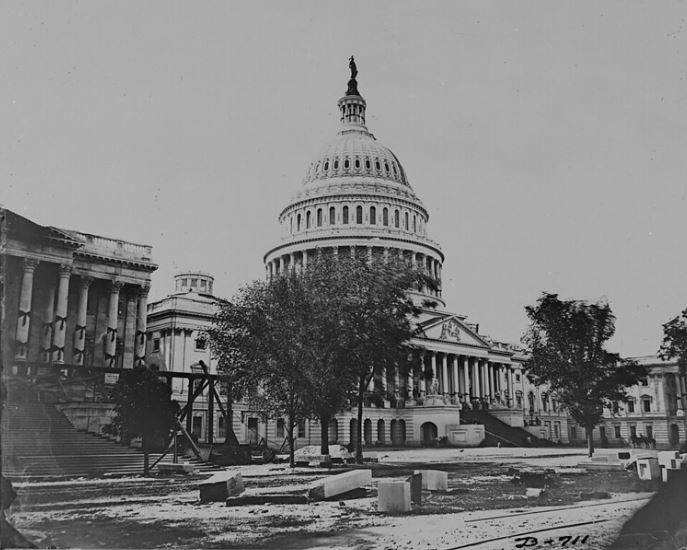
Safeguarding the Union capital of Washington D.C. from Confederate forces was the Army of the Potomac’s paramount mission. A responsibility that underscored the gravity of its role in the Civil War’s Eastern Theater.
As the principal Union army in the region, it stood as an unyielding bulwark against any attempted incursion by the Confederacy. It shielded the nation’s symbolic heart and seat of government from harm.
The very survival of the United States hinged on the Army of the Potomac’s ability to defend Washington D.C. at all costs.
The consequences of allowing the Confederate forces to capture the capital were unthinkable, as it would have dealt a devastating blow to the Union’s resolve and legitimacy.
Consequently, the army’s soldiers bore an immense burden, knowing that their vigilance and valor were essential to preserving the integrity of the nation itself.
Defending Washington D.C. was not merely a strategic imperative but also a symbolic one, as the city embodied the ideals and aspirations of the Union cause. The Army of the Potomac’s unwavering commitment to this mission, even in the face of setbacks and losses, exemplified the resilience and determination that ultimately secured victory in the Eastern Theater.
2. Capturing the Confederate Capital of Richmond, Virginia
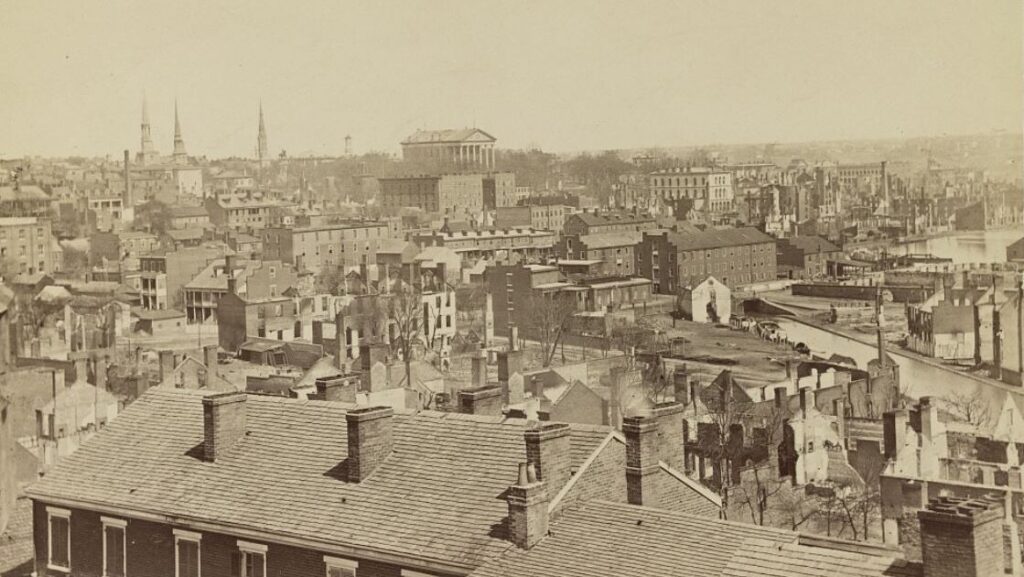
While defending Washington D.C. was the Army of the Potomac’s core mission, capturing the Confederate capital of Richmond, Virginia, remained an elusive yet paramount objective that consumed years of arduous campaigning.
The road to Richmond was paved with blood, sacrifice, and hard-fought battles, as the Army of the Potomac repeatedly clashed with Lee’s Army of Northern Virginia in a series of engagements.
Capturing Richmond held both strategic and symbolic significance for the Union cause.
As the seat of the Confederate government, its fall would deal a crippling blow to the Southern war effort and hasten the end of the conflict. Moreover, the city’s capture would represent a resounding victory over the Confederacy’s defiance.
Yet, for years, the Army of the Potomac struggled to achieve this goal, facing setbacks and disappointments at the hands of Lee’s brilliant generalship and the tenacity of his troops.
From the aborted Peninsula Campaign to the bloody battles of Antietam and Fredericksburg, the road to Richmond was littered with sacrifices and dashed hopes.
It was not until the decisive victories at Gettysburg and the subsequent Overland Campaign that the Army of the Potomac finally gained the momentum necessary to breach Richmond’s defenses and lay siege to the city, ultimately leading to its fall in April 1865 – a pivotal moment that effectively sealed the Confederacy’s fate.
3. The Key Generals of the Army of the Potomac during the American Civil War
The Army of the Potomac’s fortunes were inextricably linked to the leadership of the generals who commanded it throughout the Civil War. From the initial task of molding a formidable fighting force to the ultimate triumph over the Confederacy, these men played pivotal roles in shaping the army’s destiny.

Major General George B. McClellan
- Organized and trained the Army of the Potomac in 1861-1862
- Commanded it during the Peninsula Campaign in 1862, which was aimed at capturing Richmond
Under McClellan’s leadership, the Army of the Potomac transformed from a disorganized collection of recruits into a disciplined and formidable force. However, his cautious approach and inability to decisively engage the enemy during the Peninsula Campaign ultimately led to his removal from command.
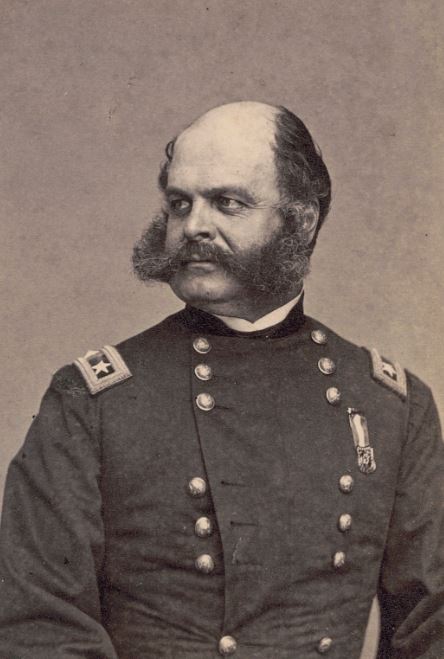
Major General Ambrose E. Burnside
- Briefly led the army after McClellan’s removal in November 1862
- Suffered a devastating defeat at the Battle of Fredericksburg in December 1862
Burnside’s tenure as the army’s commander was brief but costly. His ill-fated decision to launch a frontal assault against entrenched Confederate positions at Fredericksburg resulted in staggering casualties and a demoralizing defeat.
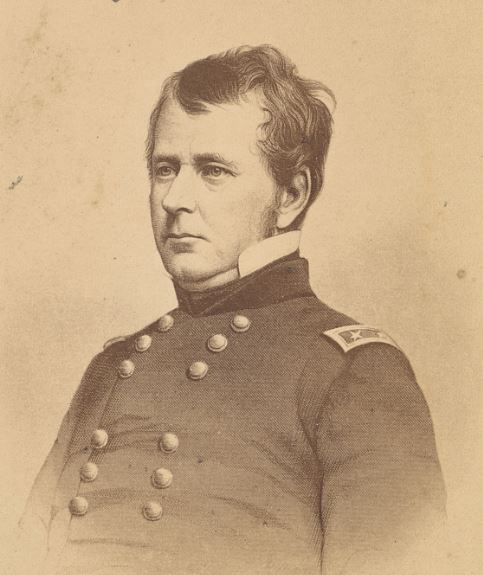
Major General Joseph Hooker
- Took command in January 1863 and reorganized the army
- Led it at the Battle of Chancellorsville in May 1863, resulting in a Union defeat
Hooker’s reorganization efforts instilled confidence in the Army of the Potomac, but his overconfidence and tactical missteps at Chancellorsville led to another setback against Robert E. Lee’s forces.
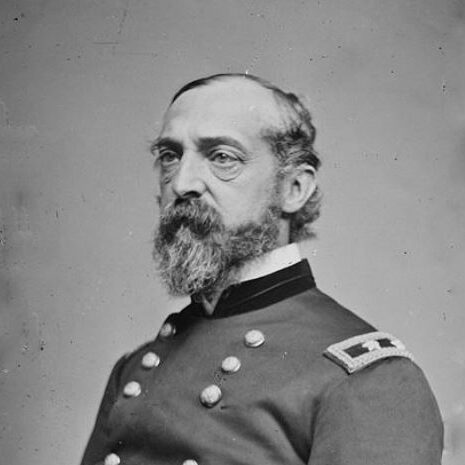
Major General George G. Meade
- Assumed command just before the Battle of Gettysburg in June-July 1863
- Led the army to victory at Gettysburg, considered the war’s turning point
- Remained in command through the Overland Campaign in 1864 and the siege of Petersburg
Thrust into command on the eve of Gettysburg, Meade’s leadership proved pivotal in securing the Union’s most significant victory of the war. He remained at the helm during the grueling Overland Campaign and the siege of Petersburg, solidifying the army’s reputation as a formidable fighting force.

Lieutenant General Ulysses S. Grant
- As General-in-Chief in 1864, Grant made his headquarters with the Army of the Potomac
- He directed the army’s actions during the Overland Campaign against Lee’s Army of Northern Virginia
Grant’s appointment as General-in-Chief in 1864 marked a turning point for the Army of the Potomac. Establishing his headquarters with the army, he orchestrated the relentless Overland Campaign, which culminated in the siege of Petersburg and the eventual surrender of Lee’s forces at Appomattox.
These generals, each with their strengths and weaknesses, played crucial roles in shaping the Army of the Potomac’s journey from its formative stages to its ultimate triumph over the Confederacy. Their leadership, strategies, and decisions left a mark on the course of the Civil War and the nation’s history.
4. Key Campaigns and Battles involving the Army of the Potomac
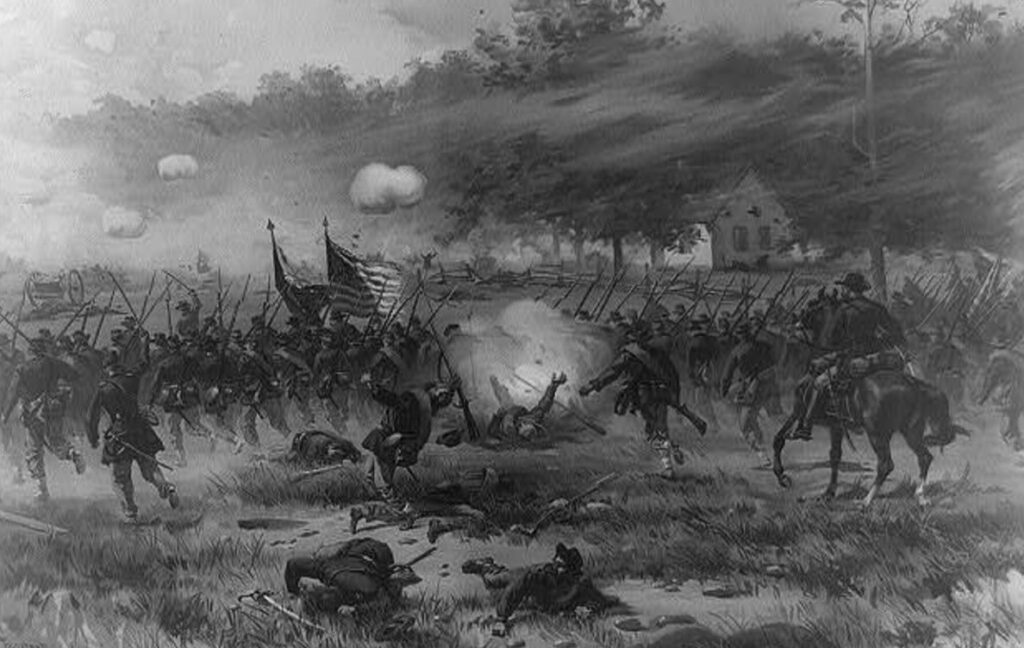
The Army of the Potomac’s road to ultimate victory was paved with some of the Civil War’s most pivotal and bloody campaigns and battles:
- The Peninsula Campaign – The Peninsula Campaign in 1862 was the army’s first major offensive to try and capture Richmond. Led by General McClellan, it made initial gains but stalled when faced with staunch Confederate resistance, failing to seize the Confederate capital.
- The Battle of Antietam – The Battle of Antietam in September 1862, while a tactical stalemate, resulted in a strategic Union victory that forced Lee’s first invasion of the North to end. With over 22,000 total casualties, it was the bloodiest single-day battle in American history at the time.
- The Battle of Gettysburg – The Battle of Gettysburg in July 1863 proved the decisive engagement of the war. Under General Meade’s command, the Army of the Potomac defeated Lee’s second invasion at the small Pennsylvania town after three days of fierce fighting, with casualties exceeding 50,000 men. This critical Union victory marked the war’s turning point.
- The Overland Campaign – The Overland Campaign in 1864 pitted the Army of the Potomac, now under General Grant’s overall direction, against Lee’s forces in a grinding series of battles that inflicted over 100,000 casualties between the two sides over just six weeks. Though a Union tactical victory, the staggering losses demonstrated the sheer grit required to achieve final victory.
- Siege and capture of Petersburg – Siege and capture of Petersburg in 1865 severed Confederate supply lines into Richmond. After a grueling 9-month siege, the Army of the Potomac broke through, compelling Robert E. Lee to evacuate and eventually surrender his Army of Northern Virginia at Appomattox just days later.
From the early setbacks to the war’s climactic battles, the Army of the Potomac’s perseverance, sacrifices, and key victories shaped the course of the Civil War’s pivotal Eastern Theater. Its triumphs ensured the defeat of Lee’s vaunted army and the preservation of the Union itself.
5. Army of the Potomac’s Perseverance and Tenacity
Undeterred by Catastrophic Losses
The Army of the Potomac’s journey was marked by battles that inflicted staggering casualties, yet the soldiers’ determination never wavered.
At Antietam, over 12,400 men were killed, wounded, or went missing, a toll that would have broken the resolve of a less tenacious force. Gettysburg proved even costlier, with a staggering 23,000 casualties sustained over three days of fierce combat. However, these losses only strengthened the army’s resolve, as the men steeled themselves for the long and bloody road ahead.
Resilience in the Face of Adversity
Beyond the carnage of the battlefield, the Army of the Potomac endured frequent leadership changes and political interference that would have demoralized lesser troops.
From the cautious approach of McClellan to the ill-fated decisions of Burnside and Hooker, the army soldiered on, adapting to new commanders and strategies with a resilience that epitomized the Union’s unwavering commitment to victory.
Political meddling from Washington further tested the army’s mettle, as civilian leaders often second-guessed military decisions, sowing confusion and frustration. Yet, the soldiers remained steadfast, their loyalty to the cause transcending the turmoil surrounding them.
Perseverance Personified
The Army of the Potomac’s perseverance reached its zenith during the Overland Campaign and the subsequent siege of Petersburg.
Enduring month after month of relentless combat, the men refused to break, even as casualties mounted and the prospect of victory seemed elusive. Their tenacity was rewarded when they finally breached the defenses of Petersburg, setting the stage for the Confederate surrender at Appomattox Court House.
As the Army of the Potomac marched into the village where Lee’s forces lay down their arms, the soldiers embodied the very essence of perseverance. They had endured years of hardship, sacrifice, and loss, yet their unwavering determination had carried them through to the ultimate triumph.
6. Final Thoughts – How the Army of the Potomac Contributed to the Union war Effort
The Army of the Potomac’s contributions to the Union war effort were pivotal and far-reaching. As the principal force in the Eastern Theater, this formidable army shouldered the immense responsibility of safeguarding the nation’s capital while simultaneously engaging the Confederacy’s most formidable military asset, the Army of Northern Virginia under Robert E. Lee.
The Army of the Potomac’s sacrifices and unwavering commitment to the Union cause ensured that Lee’s vaunted Army of Northern Virginia was finally vanquished, dealing a mortal blow to the Confederacy’s hopes for independence. Its legacy stands as a testament to the valor, resilience, and determination that preserved the United States of America during its darkest hour.
Further Reading
If you enjoyed this article, you may be interested to read more about the American Civil War events, or perhaps read about the South’s important victories. Read here for more general American history.

